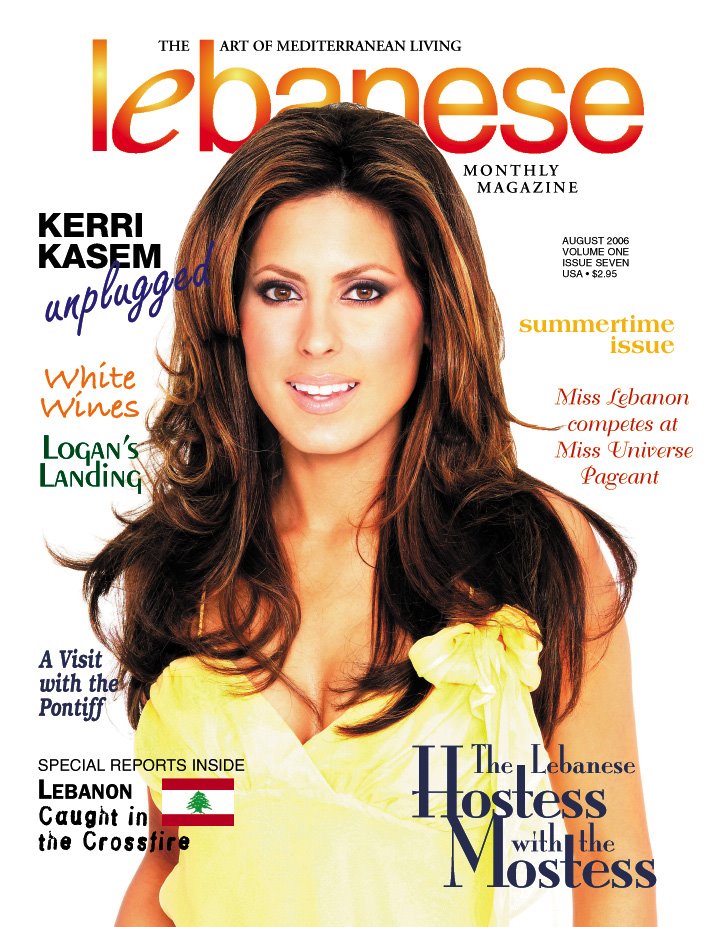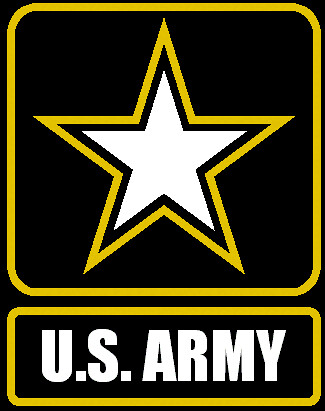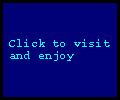35 Years Later: The Massacre and Destruction of Damour

The road sign used to read 'Damour' but a gloating by-passer has scribbled over it "Moudammara" - "Destroyed", in Arabic, topped with the word "Fatah"
The Massacre and Destruction of Damour
Arafat's PLO and Syria's Sa'iqa brigade slaughters men, women, and children.
The Massacre and Destruction of Damour
Arafat's PLO and Syria's Sa'iqa brigade slaughters men, women, and children.
Damour lay across the Sidon - Beirut highway about 20 km south of Beirut on the slopes of a foothill of the Lebanon range. On the other side of the road, beyond a flat stretch of coast, is the sea. It was a town of some 25,000 people, containing five churches, three chapels, seven schools, private and public, and one public hospital where Muslims from near by villages were treated along with the Christians, at the expense of the town.
On 9 January 1976, three days after Epiphany, the priest of Damour Father Mansour Labaky, was carrying out a Maronite custom of blessing the houses with holy water. As he stood in front of a house on the side of the town next to the Muslim village of Harat Na’ami, a bullet whistled past his ear and hit the house. Then he heard the rattle of machine-guns. He went inside the house, and soon learned that the town was surrounded. Later he found out by whom and how many — the forces of Sa’iqa, consisting of 16,000 Palestinians and Syrians, and units of the Mourabitoun and some fifteen other militias, reinforced by mercenaries from Iran, Afghanistan, Pakistan and a contingent of Libyans. Father Labaky telephoned the Muslim sheikh of the district and asked him, as a fellow religious leader, what he could do to help the people of the town. ‘I can do nothing,’ he was told ‘They want to harm you. It is the Palestinians. I cannot stop them.' (Please click here to read the rest of the story)





































<< Home